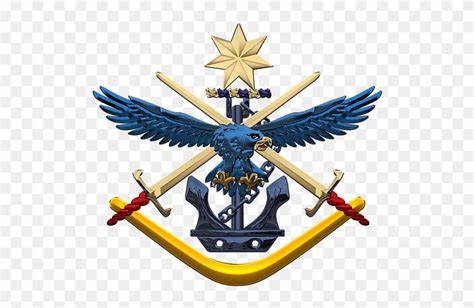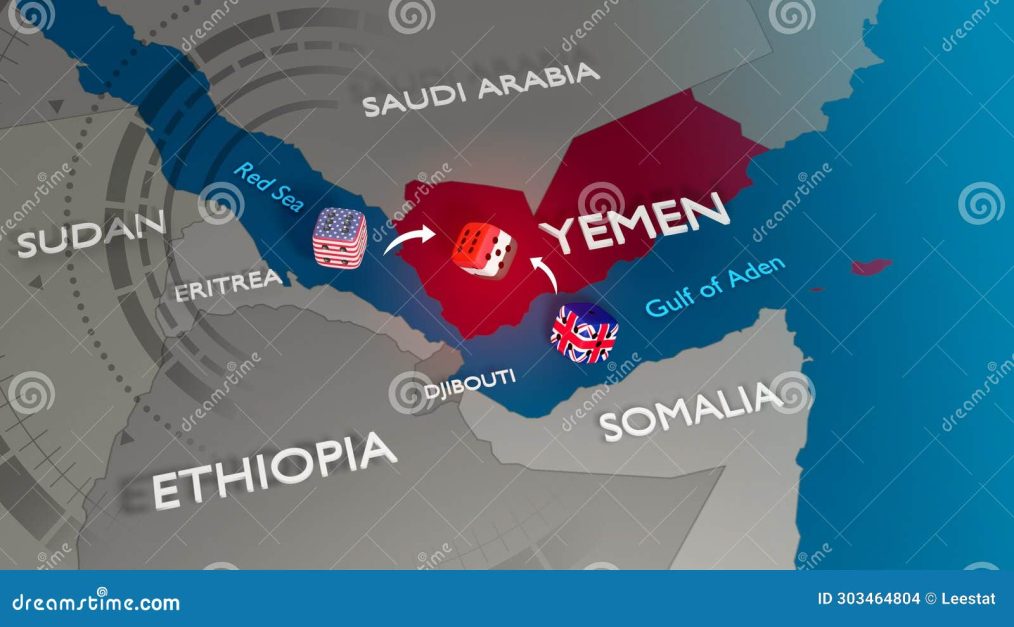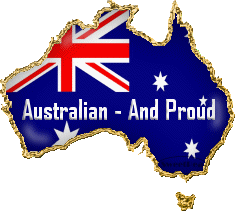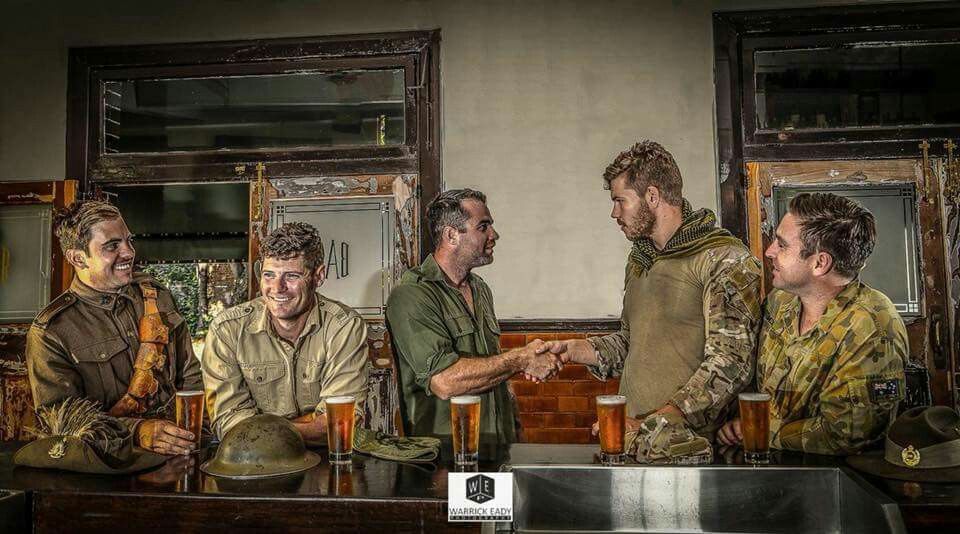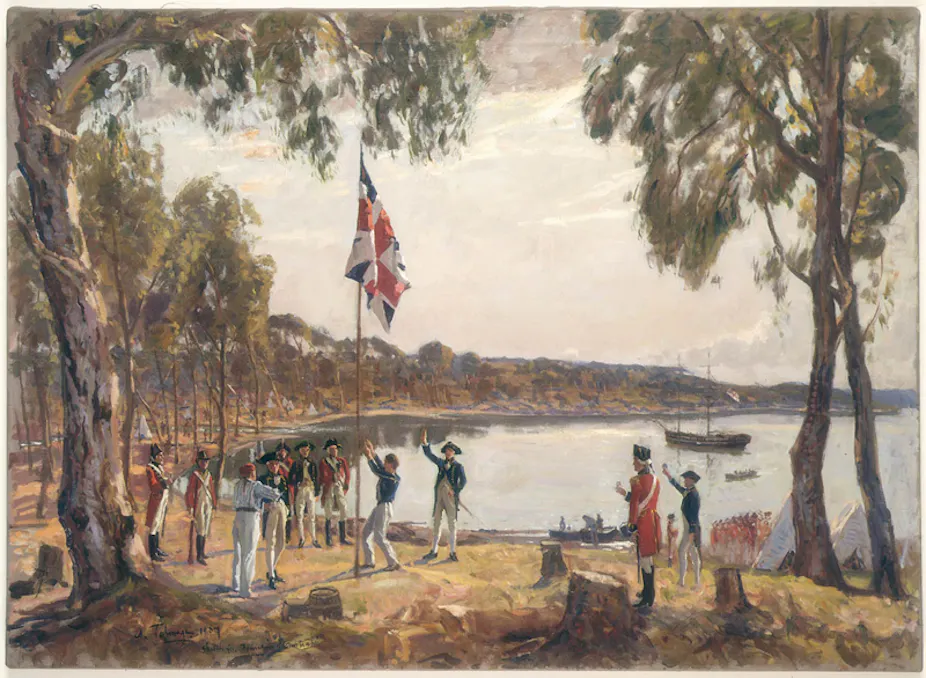Picture: The Founding of Australia. By Capt. Arthur Phillip R.N. Sydney Cove, Jan. 26th 1788, Algernon Talmadge R.A, 1937. State Library of NSW
Published: January 26, 2017 6.54am AEDT
ED: Taken from the CONVERSATION Newsletter.
Alongside the celebration, Australia Day also has a long history of commemoration and contestation, and this year is no different. In Western Australia, Fremantle council’s proposal to hold an alternative and culturally inclusive citizenship ceremony on January 28 was condemned by the federal government. The council was eventually forced to reinstate it to January 26.
Meat and Livestock Australia’s promotion of eating lamb on Australia Day continues to be controversial. Indigenous groups have been scathing about a TV advertisement that shows European invaders providing chops for a BBQ on the beach.
And following the recent removal of an Australia Day sign showing two smiling young girls in hijabs, a successful crowdfunding campaign will support the erection of this image on billboards across the nation.
Every year, the Australia Day holiday raises questions about our national identity and history. Colonisation, multiculturalism, social and cultural diversity and inclusion are at the heart of such debates. They ask us questions about what it means to be Australian – and “unAustralian”.
Like all national days, the significance attached to Australia Day has changed over time and the day has its own history. In May 1787, the British Admiralty sent the First Fleet carrying convicts and marines, under the command of Captain Arthur Phillip, to found a penal colony at Botany Bay.
Amid a gale, on January 26, 1788, Phillip was rowed ashore at Sydney Cove, raised the Union Jack and proclaimed British sovereignty over the eastern half of the continent. The formal establishment of the Colony of New South Wales, and Phillip’s role as governor, followed on February 7.
In early colonial Sydney, almanacs began referring to “First Landing Day” or “Foundation Day”. Successful immigrants – particularly ex-convicts – held anniversary dinners on January 26. In 1818, Governor Lachlan Macquarie formally marked 30 years as a colony with a 30-gun salute (a practice followed by his successors) at Dawes Point. Foundation Day continued to be commemorated, and an annual regatta in Sydney Harbour soon became its main attraction.
Other colonies commemorated their own imperial foundations. In Van Dieman’s Land – later renamed Tasmania – Regatta Day in early December jointly acknowledged the landing of Abel Tasman in 1642 and its separation from New South Wales in 1825. In Western Australia, Foundation Day on June 1 celebrated the arrival of white settlers in 1829. South Australia’s Proclamation Day was held on December 28.
In 1888, a week-long program in Sydney marked the centenary of British occupation. Anniversary Day — as it was then known — was a holiday in all capital cities except Adelaide. In Sydney, thousands attended the unveiling of a statue of Queen Victoria and the opening of Centennial Park. Representatives from all Australian colonies, and New Zealand, visited their “sister colony” to join the celebrations.
With 60% of the non-Indigenous population in Australia now “native-born”, the idea of a national day was gaining greater momentum. But views on what was being remembered on January 26 remained mixed.
Many felt that NSW’s convict origins were best forgotten. And there was little for Indigenous Australians to celebrate. The NSW governor, Henry Parkes, recognised that the day was a reminder to the Aborigines of how the British had “robbed” them.
The inauguration of the Commonwealth of Australia in 1901 strengthened the idea of a foundational holiday, and the Australian Natives Association took up the cause. In 1905, Empire Day was introduced on May 24, the late Queen Victoria’s birthday, to signal the continuing strength of imperial ties in the newly federated nation.
On July 30, 1915, an Australia Day was held to raise funds for the first world war effort. But Australia’s landing at Gallipoli earlier that year was to launch the commemoration of another national day: Anzac Day on April 25.
This date was first commemorated in London in 1916. By 1927 the day was a national holiday in all Australian states. During the 1920s, the Australian Natives Association continued to lobby for a national Foundation or Anniversary Day.
In 1935, all states adopted a common date and name for Australia Day, January 26. By the 1940s a national public holiday was in place.
The sesquicentenary of British colonisation was widely celebrated throughout Australia in 1938, particularly in Sydney. The re-enactment of Phillip’s landing and hoisting of the British flag at Sydney Cove was followed by an extensive pageant with motorised floats that demonstrated a march to nationhood. There was no representation of convicts, although the initial float depicted precolonial Aboriginal society. The white organisers had brought Aboriginal people from outside Sydney to perform.
In Sydney, over 100 Aborigines gathered at the Australia Hall for an Aborigines Conference to mark the “Day of Mourning and Protest”.
Jack Patten, of the Aborigines Progressive Association in NSW, chaired the meeting; other leaders present included William Cooper of the Australian Aborigines League in Victoria. Speeches protested against “the callous treatment of our people by the whitemen during the past 150 years” and asked for new laws to grant citizenship and equality to Aboriginal people.
In the second half of the 20th century, the federal government began to take an increasingly prominent role in organising Australia Day. It established the National Australia Day Committee — which became a federally funded council in 1984.
The council aimed to promote national unity and was boosted by the preparations for the Bicentenary in 1988. Australia Day celebrations in Sydney included the arrival of tall ships from around the world, and a re-enactment of the landing of the First Fleet in Sydney. A huge protest march of over 40,000 Indigenous and non-Indigenous people in Sydney disputed the “celebration of the nation” as a day of white invasion. This drew national and international attention to Indigenous rights in Australia.
Public participation in Australia Day events — including concerts, fireworks and other community gatherings — has increased since the 1990s. Most Australians welcome the public holiday, which has come to mark the end of summer and the return to school.
But the day has continued to be one of Indigenous protest, with Invasion Day and Survival Day rallies held across the nation.
Elsewhere in the world, foundation days commemorating European colonisation are similarly contested. In the US, for instance, the national institution of Thanksgiving marks the autumn feast of the Pilgrims, but Native Americans have long considered it a “national day of mourning” and a celebration of cultural genocide.
Any decision to change Australia Day to an alternative date or disband it altogether would need to be made by the combined federal and state governments.
That seems unlikely to happen. Suggestions from time to time that Australia Day be moved to another date have met with little enthusiasm.
It should be noted, though, that in the frenzy surrounding the centenary of the first world war, Anzac Day has increasingly come to be seen as Australia’s more significant national day.


